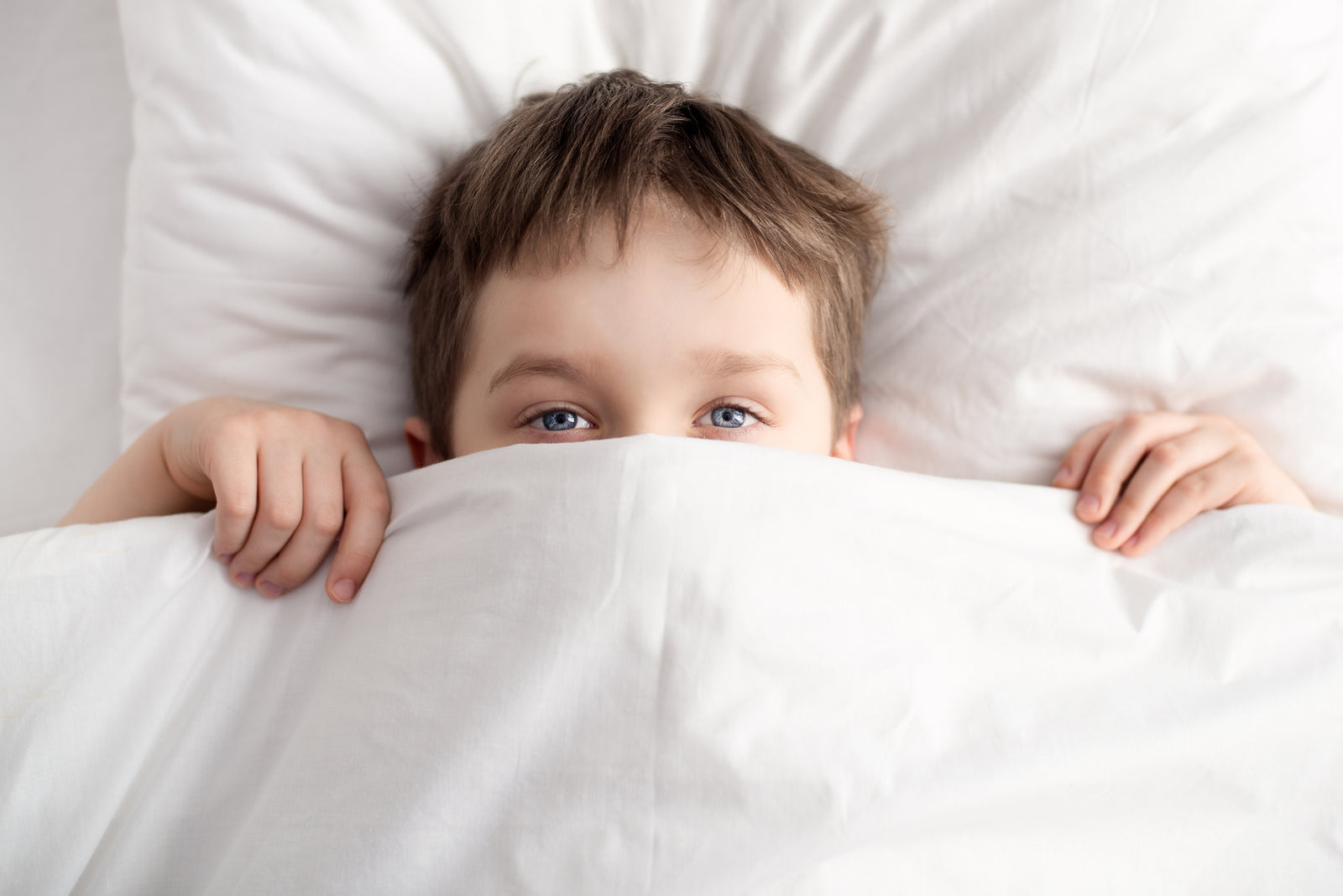Your Cart is Empty
- Save an Extra 5% at Checkout!
- Free shipping over $199.95
Your Cart is Empty

October 05, 2021 3 min read
Kids are all different but have you noticed that your child is highly sensitive and marches to his or her own beat? Here are some basic signs of Sensory Processing Disorder or SPD as it shows up in infancy, toddlers and children.
SPD/ Sensory Processing Disorder
What is Sensory Processing Disorder?
Sensory Processing Disorder (SPD, formerly called Sensory Integration Dysfunction) is a condition resulting when sensory signals are received but not interpreted normally by the central nervous system. Children with SPD may be hypersensitive (overresponsive to sensory stimulation) or hyposensitive (underresponsive to sensory experiences), or both. Some kids are oversensitive to texture and touch or undersensitive to other stimulus.
Below is a list of signs from the Sensory Processing Disorder Foundation to help you be aware of the signs of SPD.
How common is Sensory Processing Disorder?
Different studies have suggested that anywhere from 1 in 20 to 1 in 6 children experience sensory symptoms that could affect their everyday lives.

What is thetreatment for Sensory Processing Disorder?
Occupational therapy is the main form of treatment for children with Sensory Processing Disorder. Often, the disorder is not treated until a child has reached at least age 4 and a half (and some contend diagnosis and treatment should be held off until age 6 or 7).
Signs of Sensory Processing Disorder
The signs of Sensory Processing Disorder vary widely between different children. Still, there are common red flags to look for. The Sensory Processing Disorder Foundation lists the following signs of SPD by age.
In infants and toddlers
In preschool-aged children
School-aged children
How a Weighted Blanket Can Help
A weighted blanket or lap pad can provide comfort and calm a child with SPD. The pressure from a weighted blanket provides much needed sensory input which can allow a child to relax, providing better downtime and to ease into nighttime routines.